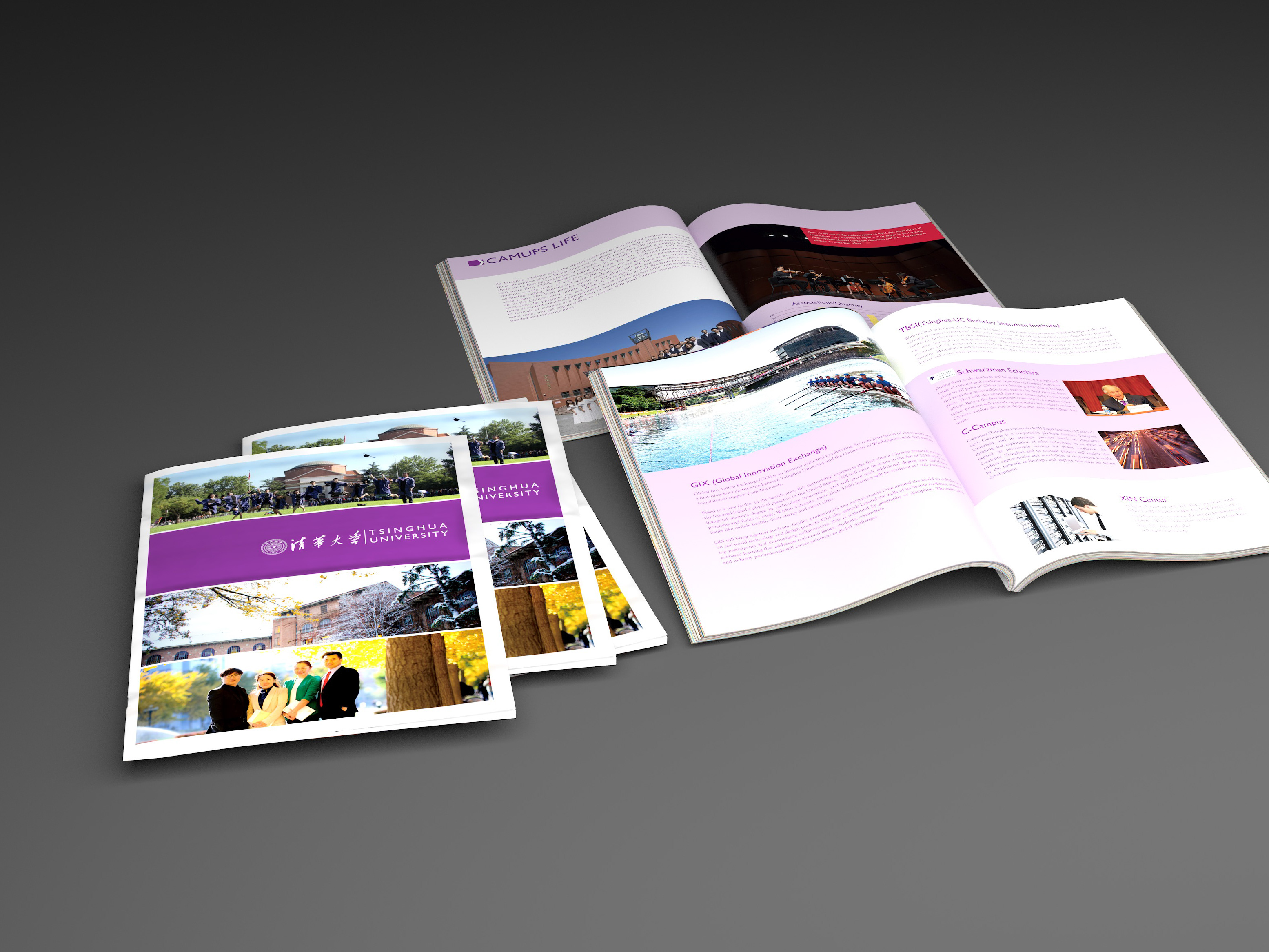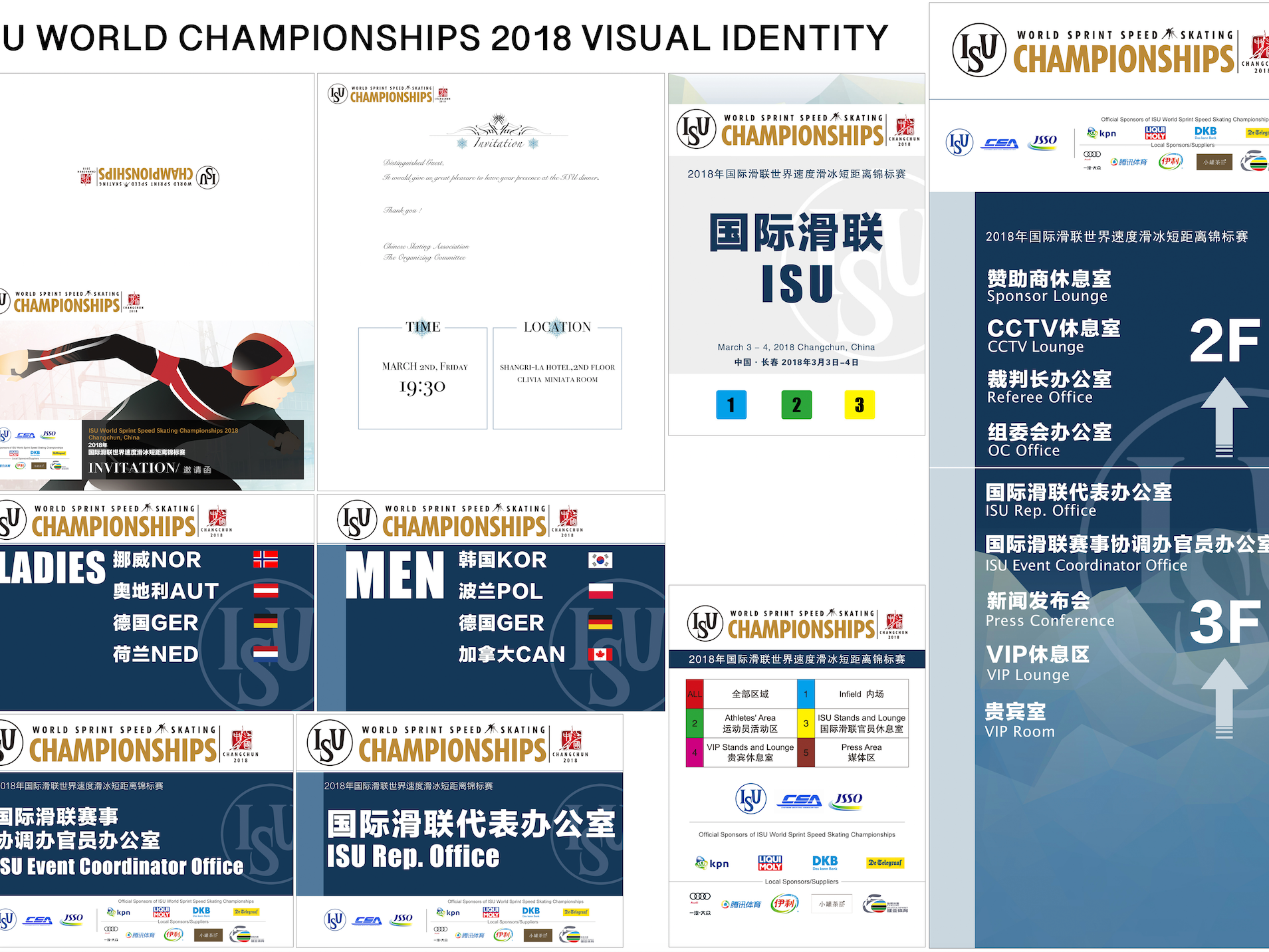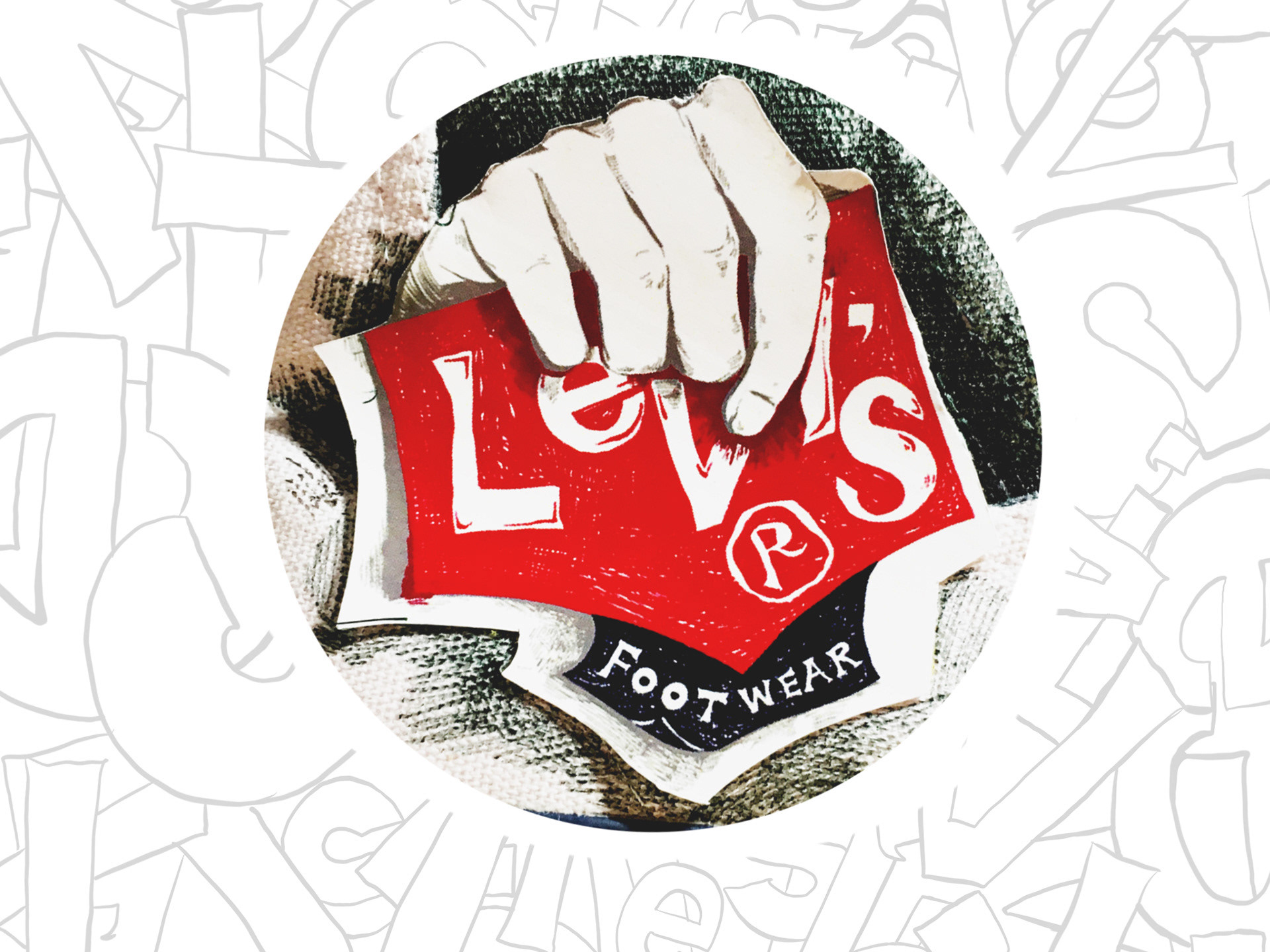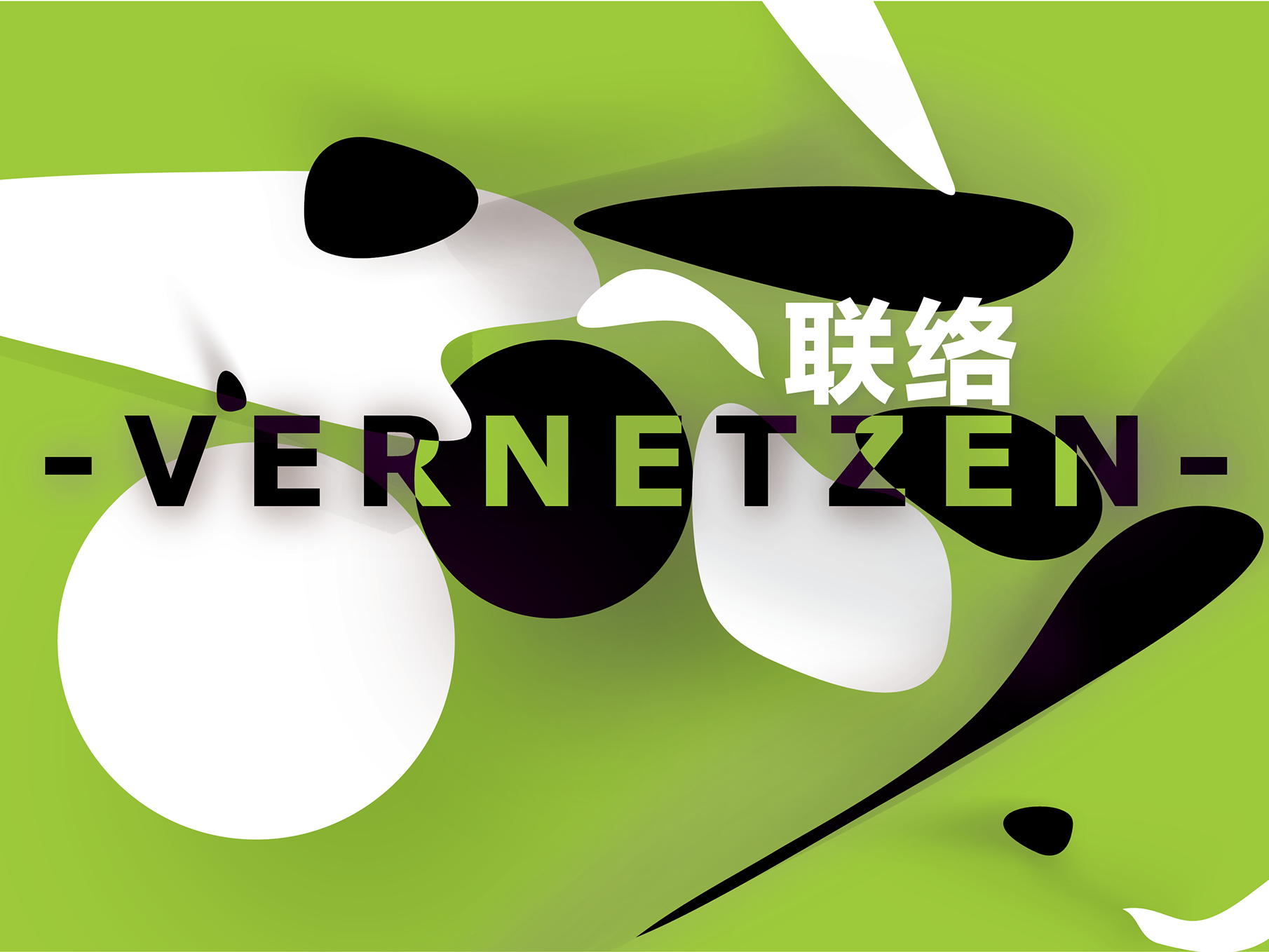This project is a practice-led program. It uses multimedia design strategies to develop new aesthetic values that communicate scientific research and curatorial knowledge to audiences in a new way. The website provides the illustration for the up-coming research publication: Butterfly Fauna of Jilin Province.
The author of the Fauna is Yinghua Li, a leading figure in butterfly research. Li was the chief curator and the head executive of the Natural and History Museum of Northeast Normal University, and now the professor of Northeast Normal University. For decades her team had explored the characteristics, life circle and habitant of the butterflies, which inhabit within the border of Jilin Province, the northeast China.
Xingweiai Fang
Professor: Dr Rodrick Bamford
Major Design Inquiry
User-centered design
Explanation sometimes can be very weak, because sometimes language cannot effectively convey its meaning to the readers, especially those who come from different cultural backgrounds. According to Donald Arthur Norman, his theories about user-centred design illustrated a high referential thread for me. I followed his highlights about visualizing information: Make things visible, including the conceptual model of the system, actions, results of actions and feedback. So, I transferred the numbers, abstract conceptions and biological hierarchies into different charts and maps. By placing the visual perceptions of the readers at first, this project fortunately received very positive feedback from peers - ‘quite informative!’
Sometimes numbers can enlarge one’s imagination about the specific amount of stuff, but sometimes numerical expressions may not work effectively when relating to an abstract concept based on mathematical theory. In the ‘Start Exploring’ section, an indispensable task is to let the viewers quickly acknowledge the geographical position of Jilin Province. A typical method indicating its position is addressing its longitude and latitude. However, an audience like me is not able to imagine ‘where exactly is 43°42’N, 126°12’E (The coordinates of Jilin Province)?’ As a result, I tried to deconstruct the way of narrative. I placed the geographical position of Jilin Province parallely with other famous countries or areas located approximately at the same longitude as Jilin Province. By means of this, I switched the geographical position into sensible visual access and attempted to make it more clear and readable for my audience.
Sculpting
The visualisation of butterflies in this online-publishing project, is to imitate the natural living form by human’s artificial-creativity and perceptional abilities. Sculpting the body of each butterfly is where inquiries iterate upon the physiology of creature, rather than subjectively a hundred percent consolidating the body form of each species.
Observation matters in the first step of sculpting, as well as the final adjusting stage. When scrutinising a species of butterfly, the team paid attention upon the proportion of the body to wings, the length of antenna, scattering pattern of color spots on the wings, etc.
Different body components owns different features of forms. When considering which software is suitable for shaping them, these features are decisive factors. The body was shaped in SculptGL and the wings are shaped in Fusion 360.
The components are exported in obj file and assembled in Adobe Dimension. In this software, the designer adjusted the camera perspective and environment lights.
The Chinese Character of Jilin is ‘吉林.’ The designer firstly did experiments upon the two characters - distorting or separating the components of the characters. During the brain storming period, the designer paced the character “吉“ on the top and “林” below it. The both occidentally matched a forewing and a hindwing of the same side. Then the designer duplicated the two characters and wrapped them with mesh to achieve the contour of a wing-expanding butterfly (a butterfly which is taking breath).









